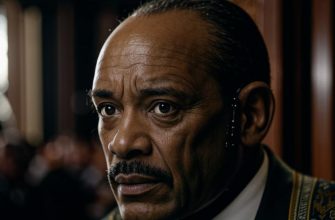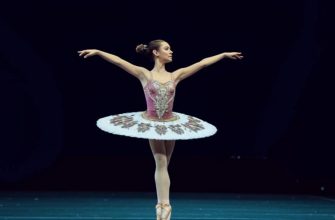Gustav Klimt, an iconic figure in art history, was a symbolist painter and a member of the Vienna Secession movement. His work is well-known for its beauty, eroticism, and intricate detail, featuring themes of regeneration, love, and death. The life and art of Gustav Klimt have fascinated filmmakers, leading to several films that explore his tumultuous career, his artistic genius, and the controversies that surrounded his works.
“Woman in Gold”, 2015
Director: Simon Curtis

While not solely about Gustav Klimt, this film prominently features one of his most famous paintings, “Portrait of Adele Bloch-Bauer I.” The story centers around Maria Altmann, played by Helen Mirren, an elderly Jewish refugee fighting the government of Austria to recover artwork she believes rightfully belongs to her family, including the Klimt painting.
Starring: Helen Mirren, Ryan Reynolds, Daniel Brühl, Katie Holmes, Tatiana Maslany, Max Irons, Charles Dance, Elizabeth McGovern, Jonathan Pryce, Antje Traue;
Production year: 2015;
Genre: drama, history;
MPAA rating: pg13;
Duration: 109 min.;
Rating: IMDB: 7,3;
More information about the film “Woman in Gold” on the website imdb.com
“Stealing Klimt”, 2007
Director: Jane Chablani

This documentary focuses on the same story as “Woman in Gold,” detailing the legal battle over the ownership of five paintings by Gustav Klimt that were stolen by the Nazis during World War II. It provides a deeper insight into the historical context and the significance of the artwork involved.
Starring: Maria Altmann, Michael J. Bazyler, Hubertus Czernin, Gerbert Frodl, Elisabeth Gehrer, Willi Korte, Sophie Lillie, Jonathan Petropoulos, E. Randol Schoenberg, Monica Strauss, Gottfried Toman, Kurt Waldheim, Tina Walzer;
Production year: 2007;
Genre: documentary;
Duration: 92 min.;
Rating: IMDB: 6,9;
More information about the film “Stealing Klimt” on the website imdb.com
These films about Gustav Klimt provide a mixture of biographical narrative, historical documentary, and legal drama, each presenting different facets of the artist's life and work. They offer a window into the complexities of an artist who was both lauded and criticized in his time and whose legacy continues to captivate the art world.
In exploring the cinematic landscape that traverses the life and legacy of Gustav Klimt, one cannot help but be mesmerized by how these films encapsulate the essence of an artist who was as controversial as he was celebrated. Through a blend of biographical scrutiny and artistic homage, these films unravel the complex tapestry of Klimt’s existence, juxtaposing his personal turmoil against the backdrop of his groundbreaking artistry. They not only offer a window into the intricate, often scandalous details of his life but also serve as a tribute to his enduring impact on the art world. The films stand as testaments to Klimt's revolutionary spirit, immortalizing his conviction that art must not be confined by traditional boundaries but should instead challenge societal norms and expectations. As audiences journey through the various portrayals of Klimt's life, they are invited to reflect on the unyielding power of creativity and the indelible mark one individual can leave on the canvas of history.









